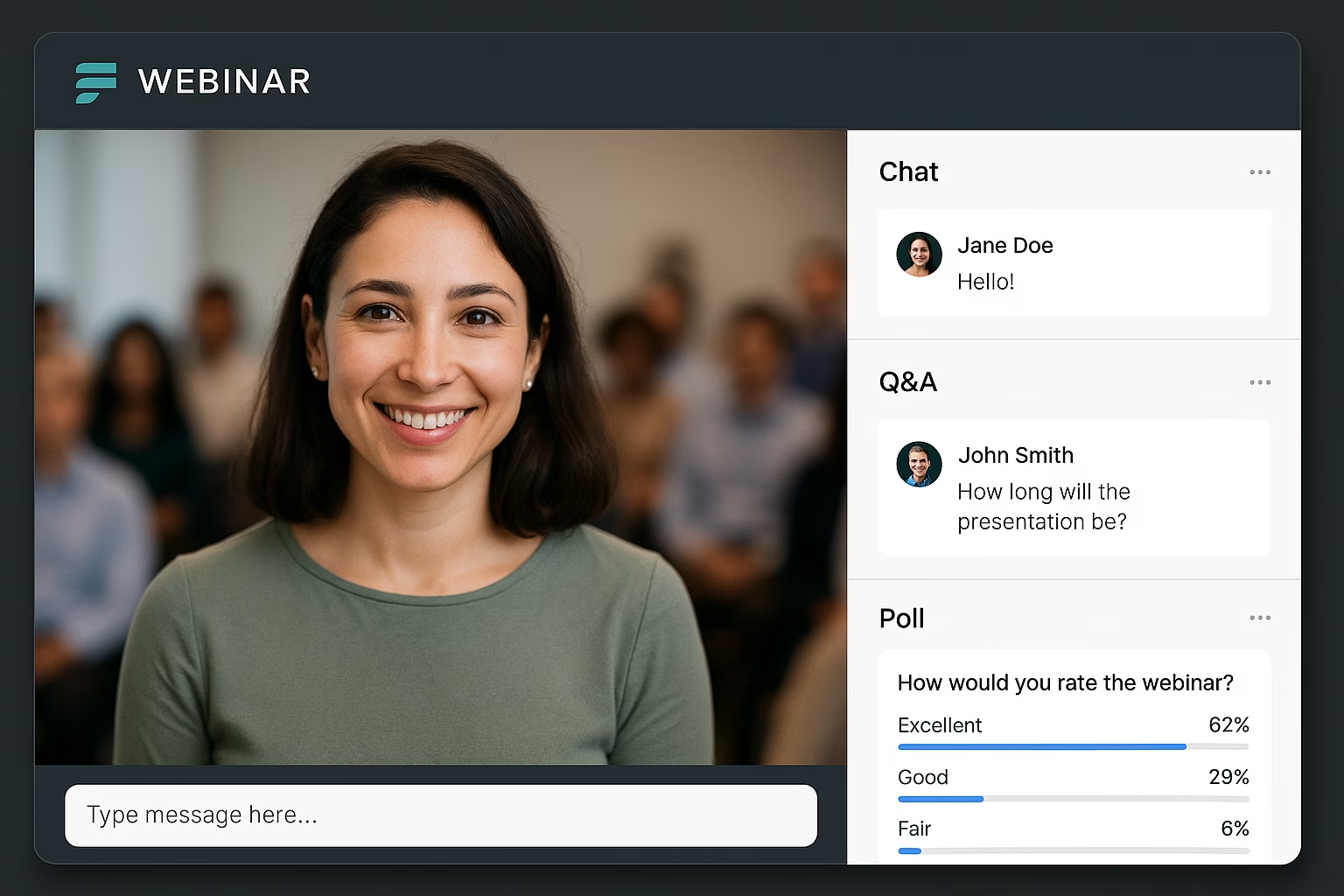Software development teams are under immense pressure to deliver high-quality applications quickly and reliably. DevOps has emerged as a transformative approach that empowers teams to achieve these goals by breaking down silos, automating processes, and fostering a culture of collaboration. In this blog post, we’ll dive into the latest trends in DevOps and explore how you can leverage them to enhance your software development lifecycle and gain a competitive edge.
Containerization: The building blocks of modern apps
Containerization has revolutionized how applications are built and deployed. By encapsulating an application and its dependencies into a single, lightweight unit (known as a container), developers can create portable, scalable, and efficient applications. Docker Swarm and Kubernetes are two prominent container orchestration tools.
Docker Swarm is known for its simplicity and ease of use, making it ideal for smaller projects or teams that need quick setup and straightforward management. In contrast, Kubernetes stands out for its robustness and scalability, making it the preferred choice for large-scale, complex deployments. Kubernetes supports advanced features like automated scaling, self-healing, and rolling updates, which are crucial for maintaining application performance and reliability.
Challenges and solutions:
- Storage Management: Effective storage solutions for containerized environments include integrating tools like Portworx or StorageOS, which provide dynamic storage management and resilience.
- Security: Implementing container security best practices, such as image scanning with tools like Aqua Security or Trivy, helps in identifying vulnerabilities early in the development lifecycle.
- Networking: Advanced networking solutions, such as Istio for service mesh, can manage complex networking needs and enhance security and observability.
Microservices architecture: Breaking down monoliths
Microservices architecture has gained momentum by breaking down applications into smaller, independent services. Each microservice can be developed, deployed, and scaled separately, offering enhanced scalability, fault isolation, and technology flexibility.
Benefits:
- Scalability: Services can be scaled independently, allowing for efficient resource use and improved performance.
- Fault Isolation: Issues in one service don’t necessarily affect others, improving system reliability.
Challenges and Solutions:
- Inter-Service Communication: Tools like gRPC or Apache Kafka facilitate efficient and reliable communication between services.
- Data Consistency: Implementing patterns like event sourcing and CQRS (Command Query Responsibility Segregation) can help manage data consistency across microservices.
- Service Management: Platforms like Service Mesh (e.g., Istio) help in managing service-to-service communications and ensure observability and control.
CI/CD Pipelines: The automation engine
CI/CD pipelines are integral to modern DevOps practices, automating the build, test, and deployment processes. This automation reduces human error, accelerates feature delivery, and ensures continuous integration of code changes.
Popular CI/CD Tools:
- Jenkins: Highly customizable and widely used with a large plugin ecosystem.
- GitLab CI/CD: Offers integrated DevOps features and is well-suited for end-to-end workflows.
- CircleCI: Known for its speed and ease of use, particularly with cloud-based workflows.
Challenges and Solutions:
- Pipeline Complexity: Use modular pipeline design principles and tools like Spinnaker for managing complex deployment workflows.
- Security: Incorporate security testing tools such as Snyk or SonarQube to automate security assessments in the pipeline.
- Feedback Loops: Implementing tools like Rollbar or New Relic can provide real-time feedback and enhance the monitoring of pipeline performance.
DevSecOps: Security baked in
DevSecOps integrates security into every phase of the development lifecycle, making security a shared responsibility rather than an afterthought. This approach enhances security posture and compliance. As far as best practices are concerned, we recommend:
- Automated Security Testing: Integrate security tools like Snyk, Aqua Security, or OWASP ZAP into CI/CD pipelines for early vulnerability detection.
- Shift-Left Approach: Implement security checks early in the development process to identify and address vulnerabilities sooner.
- Security Culture: Foster a culture where security is everyone’s responsibility, encouraging continuous education and adherence to best practices.
Cultural & organizational implications of DevOps
DevOps fundamentally transforms organizational dynamics by fostering a culture centered around collaboration, transparency, and shared responsibility. This shift not only enhances agility but also reshapes how teams interact and operate.
Enhanced Communication is one of the most profound changes DevOps introduces. By breaking down traditional silos and encouraging open communication channels, organizations can facilitate more effective collaboration across teams. Regular cross-functional meetings and integrated communication tools ensure that development, operations, and security teams are aligned with common goals, reducing misunderstandings and enhancing collective problem-solving.
Accelerated Decision-Making is another significant benefit. DevOps emphasizes agile practices and iterative feedback loops, which enable teams to make decisions more swiftly and adapt to changing circumstances with greater flexibility. This iterative approach allows teams to respond to issues in real-time and continuously refine their processes, leading to more efficient and responsive development cycles.
However, the shift to a DevOps culture can encounter Resistance to Change. Organizations may face challenges from individuals or teams accustomed to traditional workflows and hierarchies. To address this, it is crucial to promote a culture of continuous learning and innovation. Providing leadership support, fostering an environment where experimentation is encouraged, and actively addressing concerns can help ease the transition. Embracing change involves not only adopting new tools and practices but also cultivating a mindset that values adaptability and proactive problem-solving.
Emerging trends and the future of DevOps
The DevOps landscape is continuously evolving, with several emerging trends poised to significantly shape the future of software development.
Infrastructure as Code (IaC) is one such trend that is transforming how organizations manage and provision their infrastructure. Tools like Terraform and AWS CloudFormation have revolutionized infrastructure management by allowing teams to define and deploy infrastructure through code. This approach not only enhances consistency and repeatability but also accelerates the provisioning process. By treating infrastructure as code, teams can version control their infrastructure setups, automate deployments, and ensure that environments are reliably replicated across different stages of the development lifecycle.
Another significant advancement is Serverless Computing, which is reshaping the way developers build and deploy applications. Platforms such as AWS Lambda and Azure Functions enable developers to focus solely on writing code, without the need to manage the underlying infrastructure. This model reduces operational overhead by handling infrastructure scaling, patching, and management automatically. Serverless computing allows for greater agility and innovation, as developers can quickly deploy and iterate on applications without being constrained by infrastructure concerns.
AI and Machine Learning Integration is also making a profound impact on DevOps practices. The integration of AI-powered tools enhances capabilities in areas such as predictive analytics, anomaly detection, and automated troubleshooting. For example, platforms like Datadog and Splunk are incorporating AI to improve observability and performance monitoring. These tools leverage machine learning algorithms to analyze vast amounts of data, identify patterns, and predict potential issues before they affect users. This proactive approach helps in maintaining system reliability and performance while reducing manual intervention and response times.
As these trends continue to evolve, they promise to drive further innovations in DevOps, making systems more intelligent, automated, and responsive.
Looking ahead, DevOps will likely see increased automation, deeper AI integration, and a continued emphasis on embedding security throughout the development lifecycle. By embracing the latest DevOps trends and best practices, your organization can unlock a world of possibilities. From accelerating software delivery to improving application quality and enhancing security, DevOps offers a powerful toolkit for driving innovation and achieving business success. Don’t wait for the competition to catch up. Start your DevOps journey today by assessing your current practices, identifying areas for improvement, and implementing the strategies outlined in this blog post. With the right approach, you can transform your organization into a high-performing, agile software development powerhouse.










